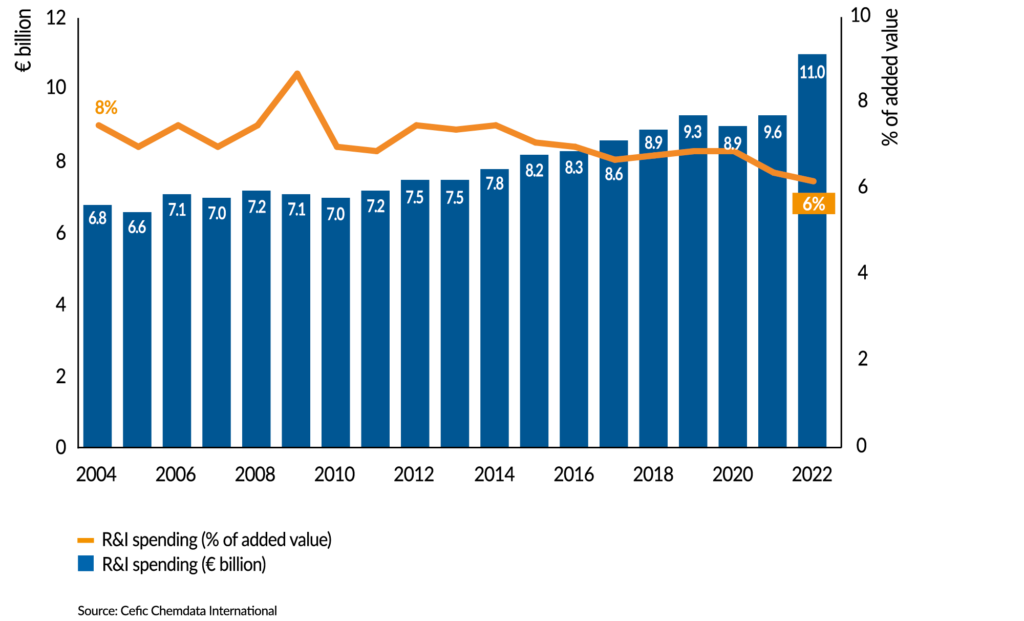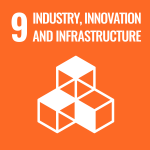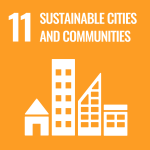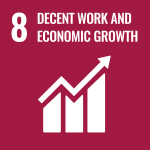Construct Prosperity & Competitiveness
Estimated reading time: 3 minutes
Economic competitiveness is an integrated part of sustainability. Economic competitiveness is needed to create a healthy business environment with room for continuous innovation, supporting sustainable transition and creating prosperity for society.
CONTRIBUTION TO THE EU GREEN DEAL
The European Green Deal is the EU’s new growth strategy, aiming to transform the EU into a fairer and more prosperous society, with a modern, resource-efficient, and competitive economy.
Research and innovation will play a leading role in:
- Accelerating and navigating the necessary transitions
- Deploying, demonstrating and de-risking solutions
- Engaging citizens in social innovation
R&I spending in the EU chemical industry
To improve the sustainability performance of the chemical industry it is important to identify disruptive technologies and further improve existing ones. To achieve this, investments in research and innovation (R&I) are essential. R&I is one of the driving factors to maintain competitiveness of the sector. This is in line with SDG 9 and 12: ensuring sustainable production patterns by R&I. Also in the EU Green Deal, R&I is regarded as the engine of green transformation.
Capital spending on R&I in the EU chemical industry increased annually with an average of 2.6% between 2002 to 2022. In 2022, it peaked at €11 billion, the highest since 1991. Despite this increase, there is a relative decrease in R&I investment over the industry’s added value created. Additional investments, possibly from European innovation programmes, are essential to drive innovation.
R&I spending in the EU27 chemical industry

Associated SDG targets



Value added as a proportion of GDP
The chemical sector is growing in absolute numbers, but not relatively to the EU GDP. Over the past decade, the absolute value added by the chemical sector has continuously increased by 35%. However, its share of the European economy’s GDP declined from 1995 to 2008 and has remained relatively stagnant since then. More economical data of the European chemical industry can be found in the Cefic Facts & Figures.
Added value as a proportion of GDP

Associated SDG targets
